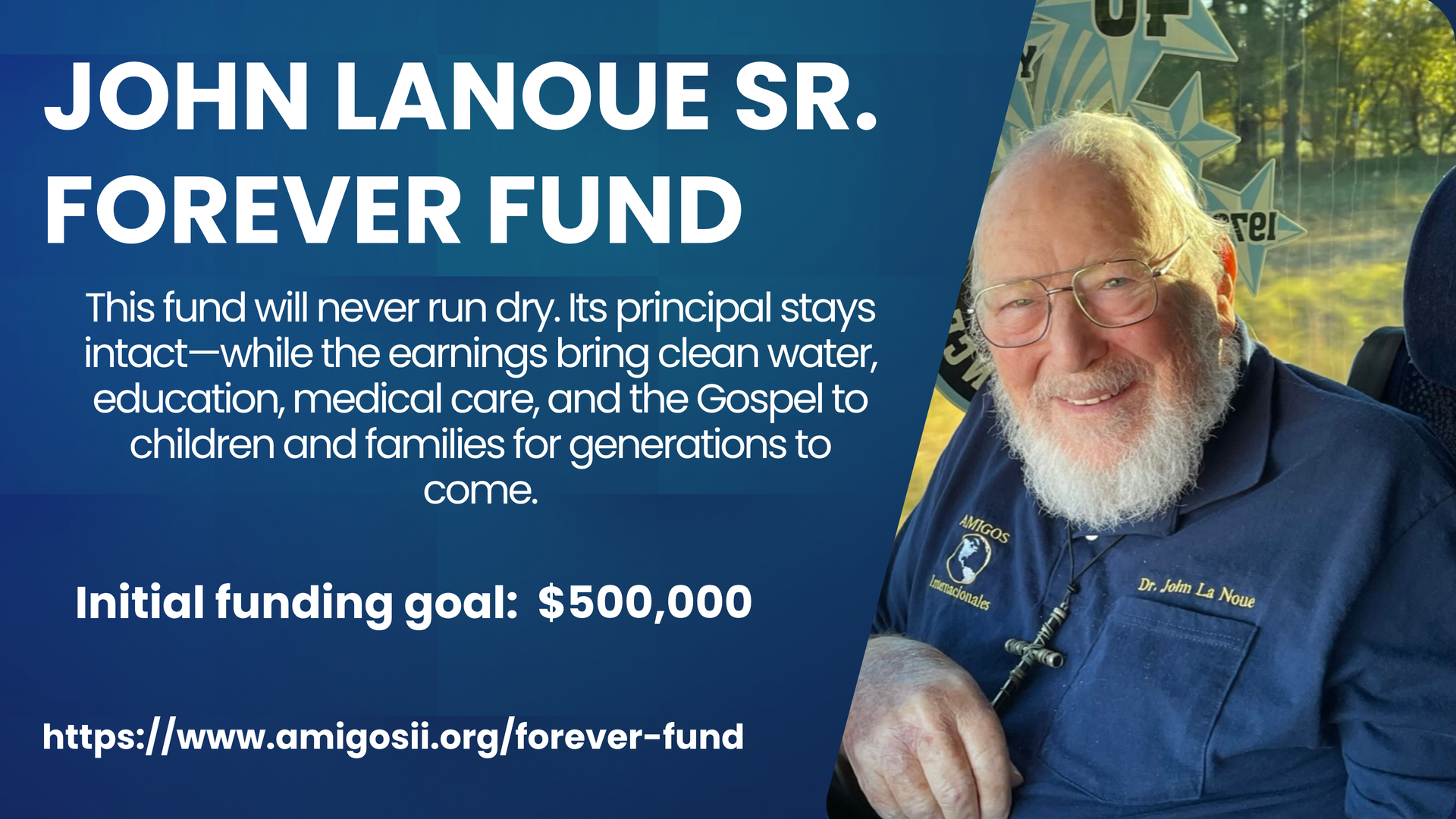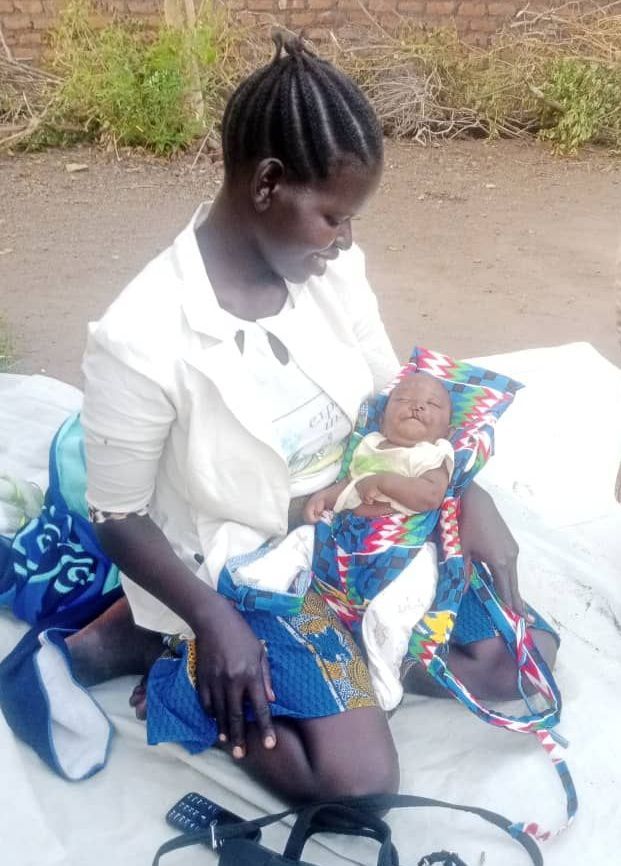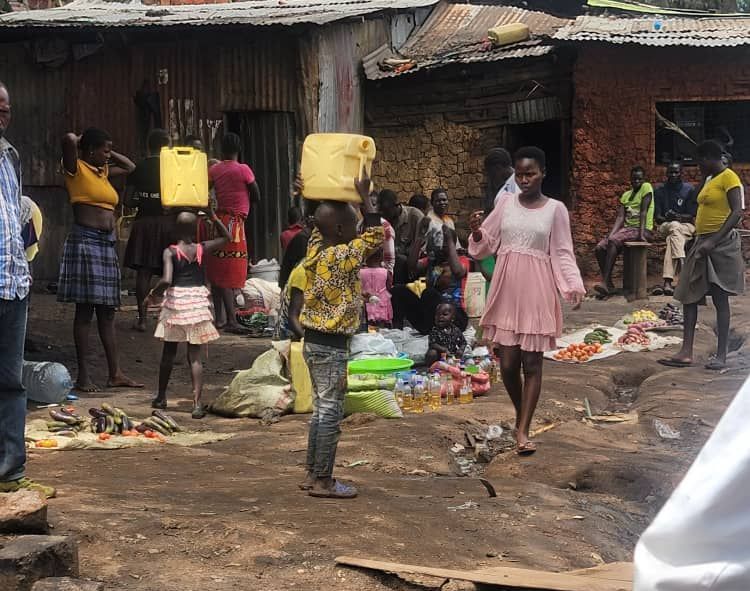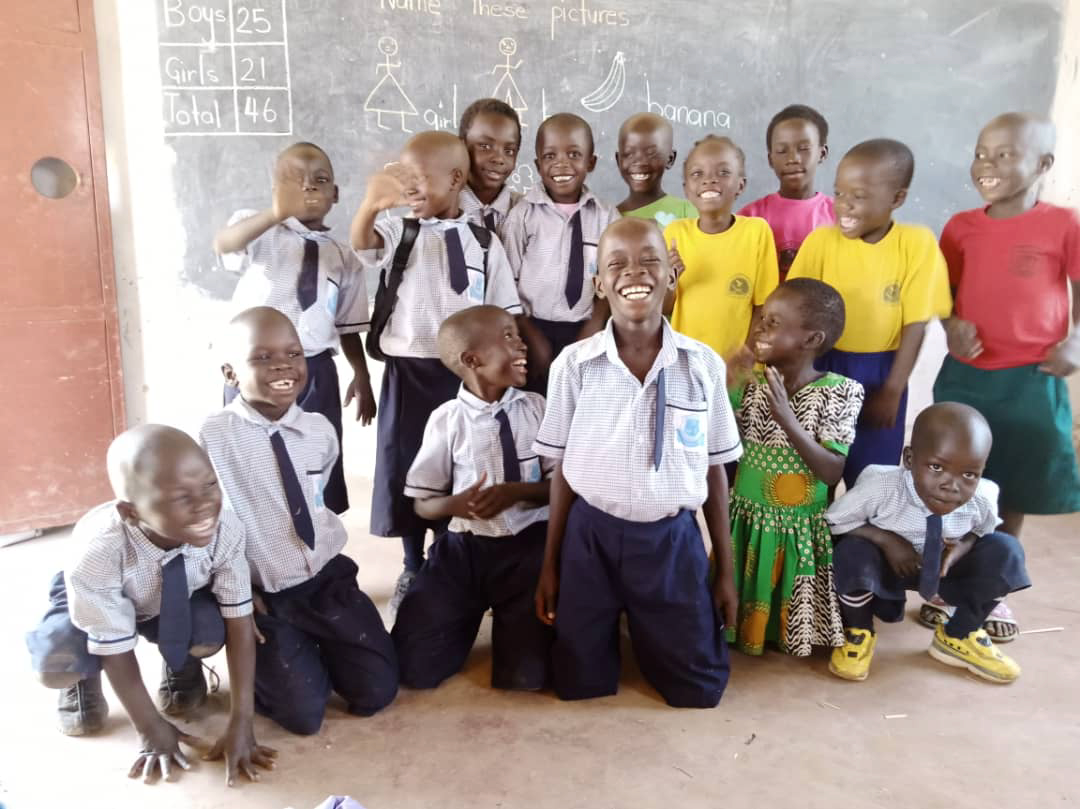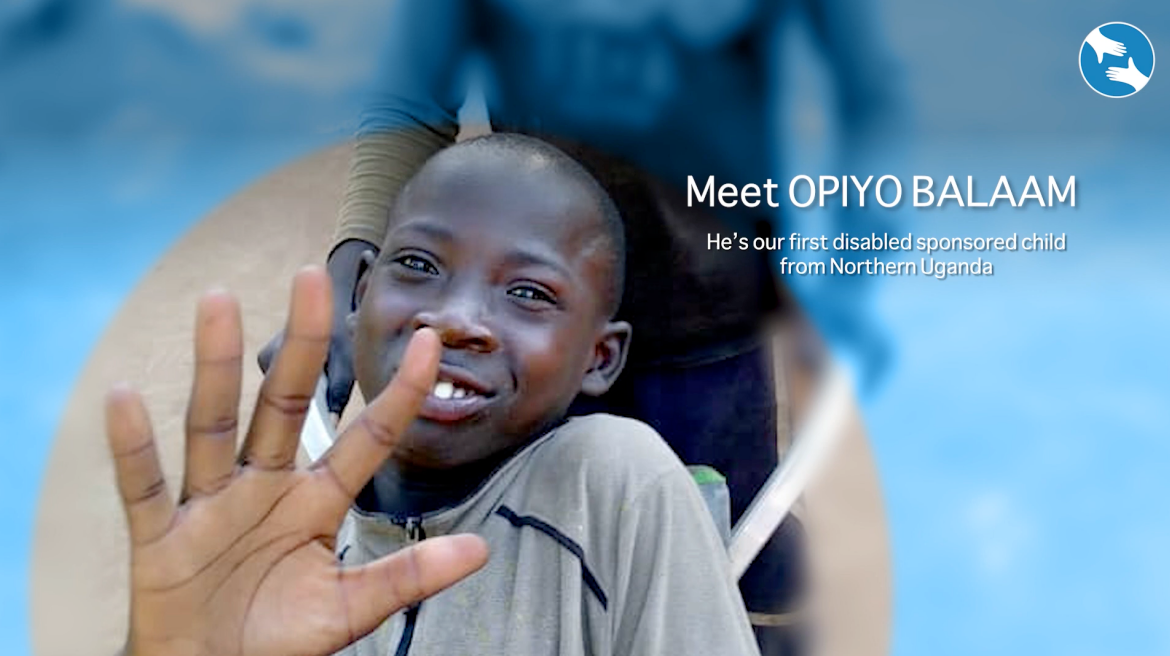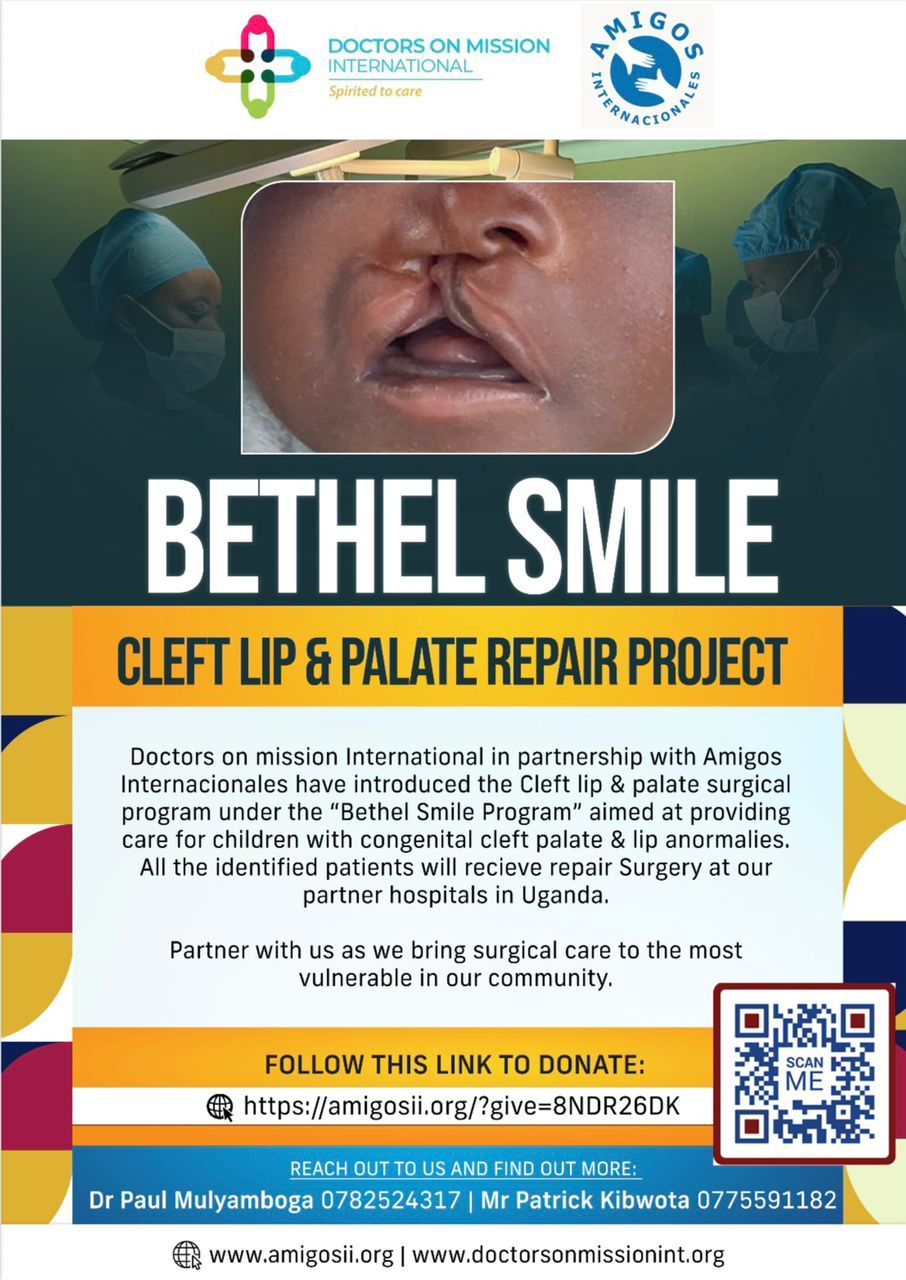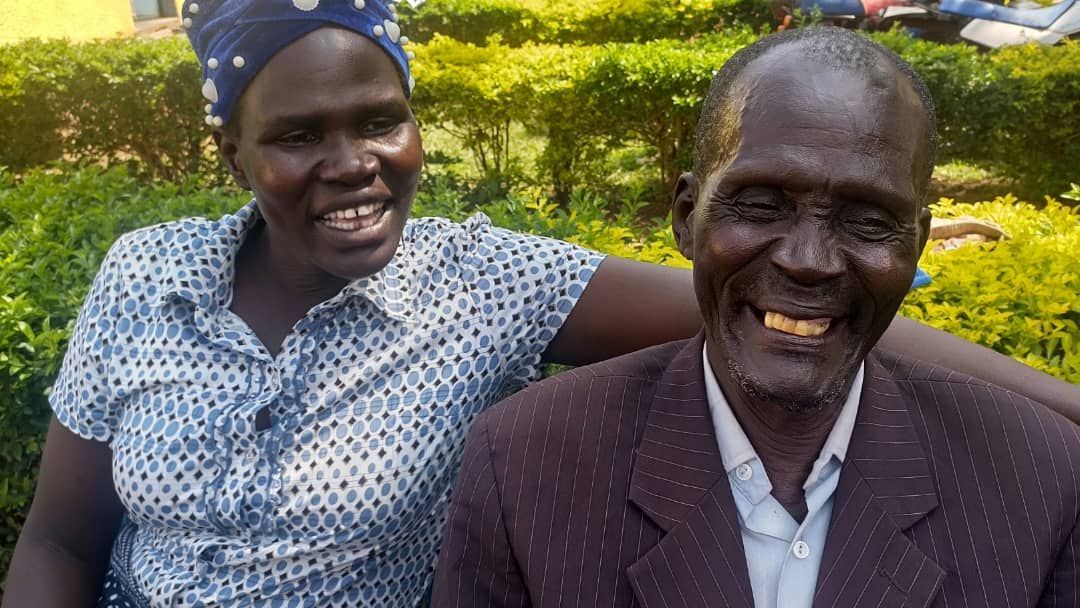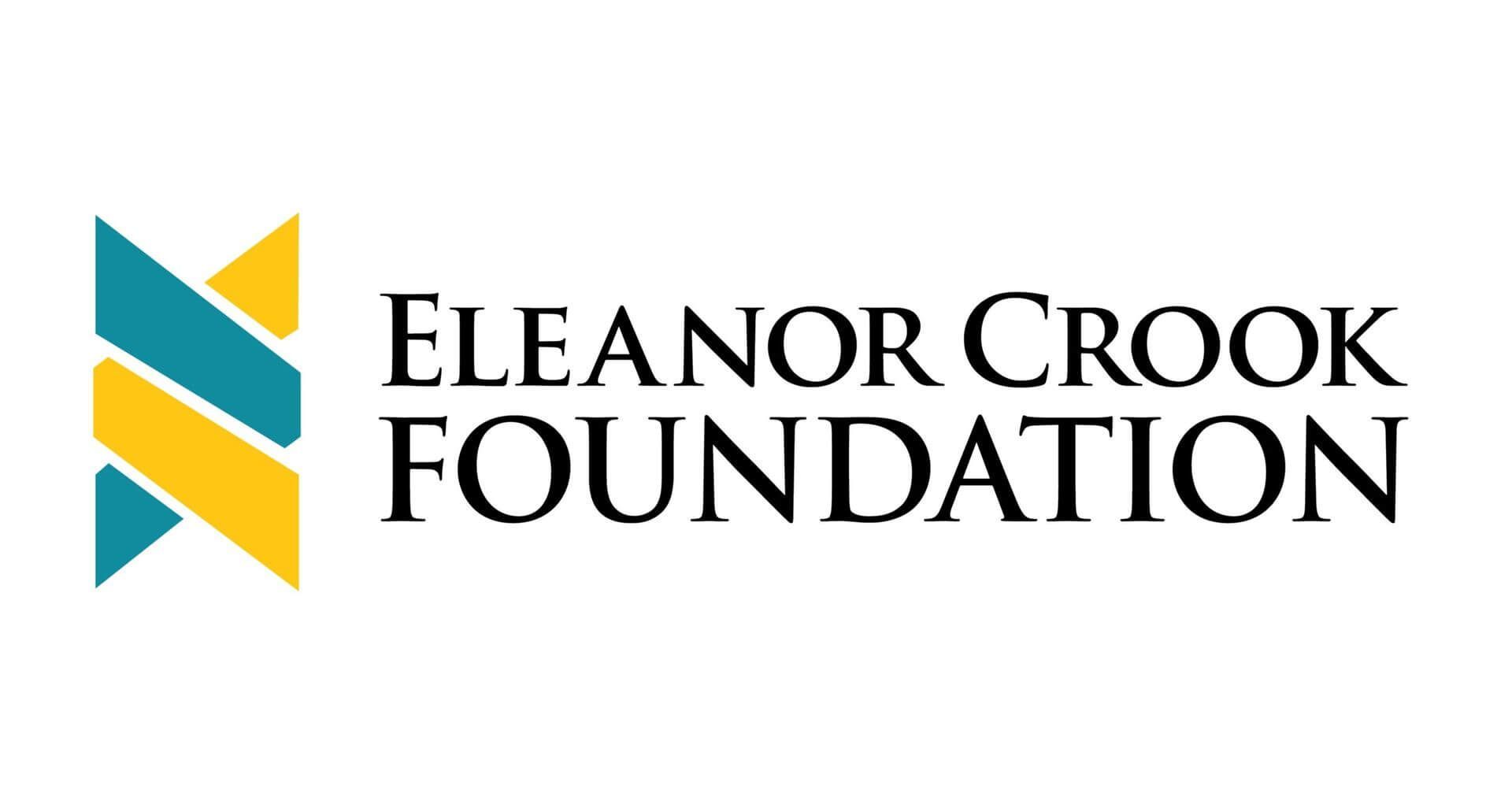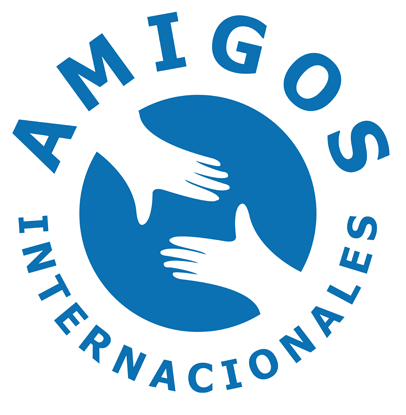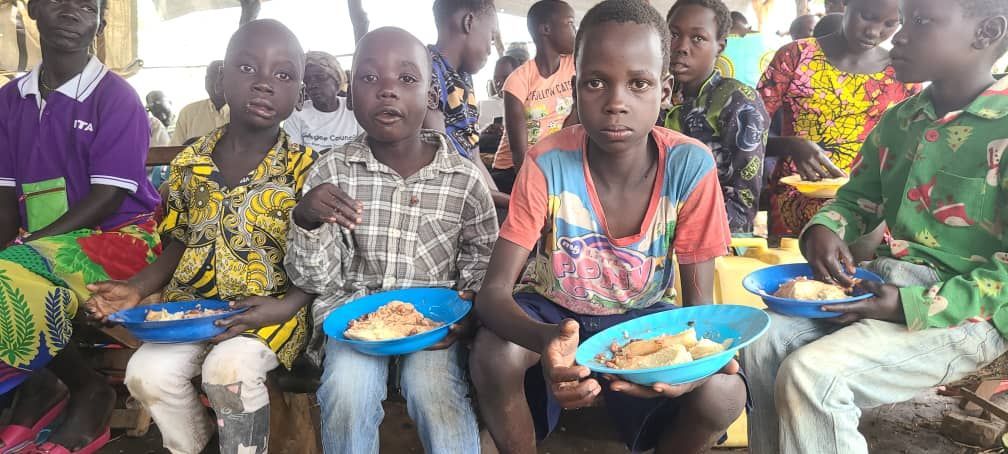
Child poverty, a sobering reality that persists in developed and developing nations, stands as a poignant testament to the inequalities in our global society.
As we navigate the complexities of modern life, it is essential to confront the harsh truth that millions of children worldwide are growing up in scarcity, facing challenges that threaten their well-being and prospects.
This article tackles the intricacies of child poverty – its causes, consequences, and the urgent need for comprehensive solutions.
By understanding the multifaceted dimensions of this issue, we can begin to pave the way for a more equitable and just world for the generations to come.
What is Poverty?
Poverty is a profoundly complex and pervasive issue beyond mere economic scarcity. It encompasses many dimensions that impact individuals, families, and communities, depriving them of basic needs and opportunities.
Understanding poverty entirely requires delving into the various types that create a web of challenges.
What are the Types of Poverty?
Many facets of poverty are deeply embedded in society. Each type of poverty is interconnected, creating a complex web that contributes to the overall deprivation experience.
Social Poverty
Social poverty transcends financial limitations, encompassing the absence of social networks, support systems, and a sense of belonging.
Individuals experiencing social poverty often face isolation, discrimination, and a lack of access to vital community resources.
They are excluded from participating fully in society, denying them the chance to fulfill their potential.
Educational Poverty
Educational poverty is marked by limited access to quality learning opportunities. Children growing up in this type of poverty lack adequate schooling, educational resources, and supportive environments.
The lack of education perpetuates cycles of disadvantage, limiting future prospects and reinforcing the cycle of poverty.
Health Poverty
Health poverty denotes inadequate access to quality healthcare services. Individuals facing health poverty grapple with preventable diseases, lack of proper nutrition, and inadequate medical care. This type of poverty affects physical well-being and hinders social and economic development.
Spiritual Poverty
Spiritual poverty relates to a sense of purpose, belonging, and fulfillment. Individuals experiencing spiritual poverty often grapple with feelings of hopelessness, disconnectedness, and a lack of meaning in their lives. Addressing spiritual poverty involves recognizing the intrinsic value and dignity of every person.
Environmental Poverty
Environmental poverty reflects the scarcity of basic resources like clean water, sanitation, and proper housing.
Communities living in environmental poverty are vulnerable to natural disasters, pollution, and unsustainable living conditions. This type of poverty highlights the interconnectedness between human well-being and the health of our planet.
Addressing poverty comprehensively requires a multifaceted approach that addresses economic, social, educational, health, and environmental aspects.
By acknowledging and understanding these dimensions, we can work towards a more equitable and just world where every individual’s basic needs are met, and opportunities for growth are accessible to all.
You can be a part of this change. Your support, whether through donations, spreading awareness, or volunteering, contributes to building a more equitable and just world.
Together, we can rewrite the narrative of child poverty, turning dreams into realities and ensuring that every child has the chance to reach their full potential. Talk to us today to support a child or donate to our charity .
Go to Part 2 of this series
Categories
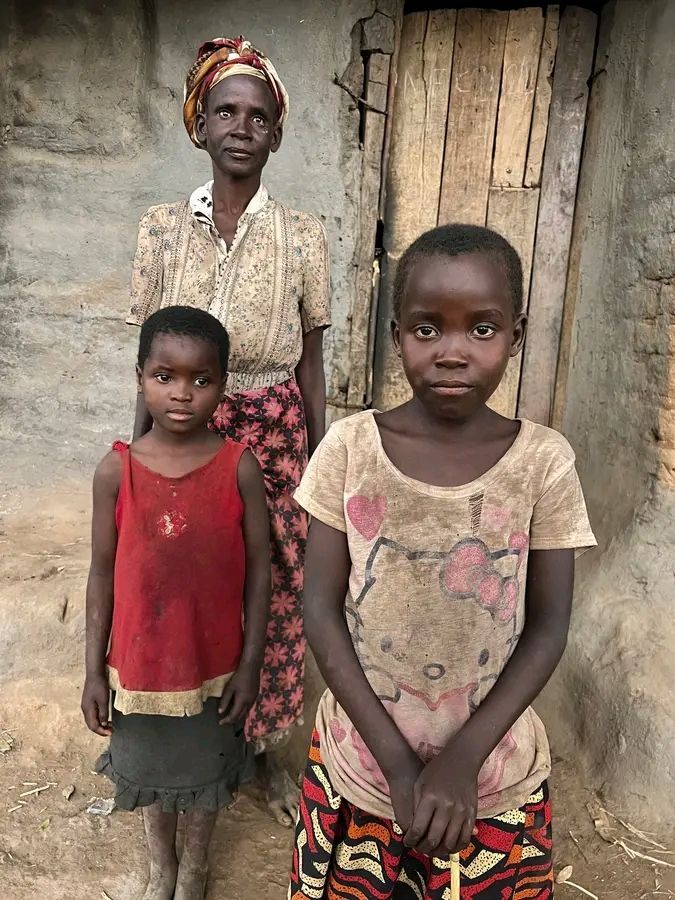

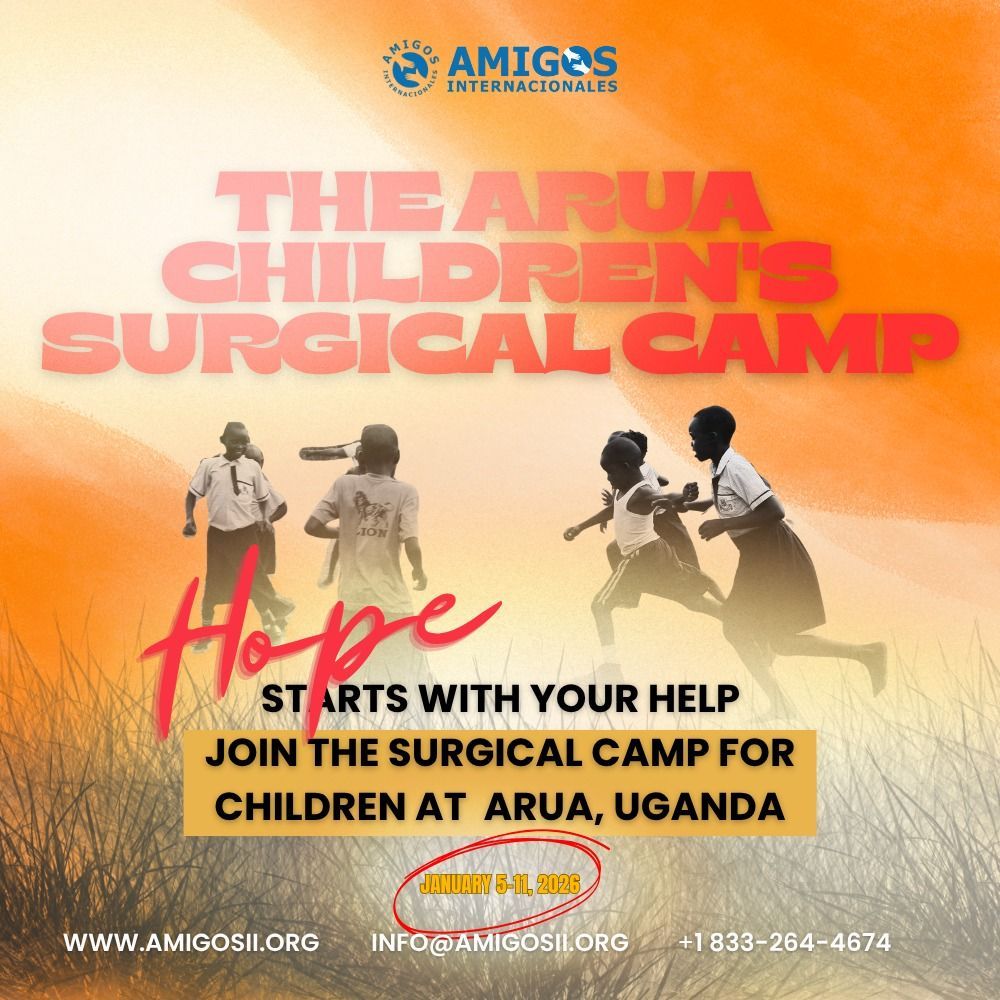

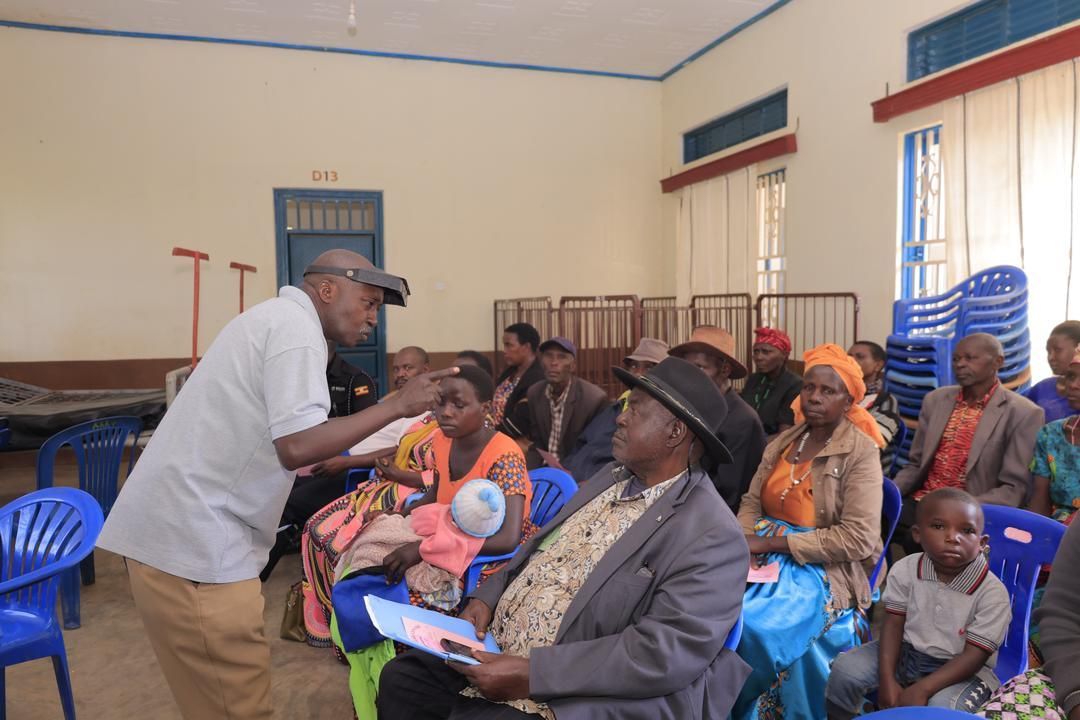
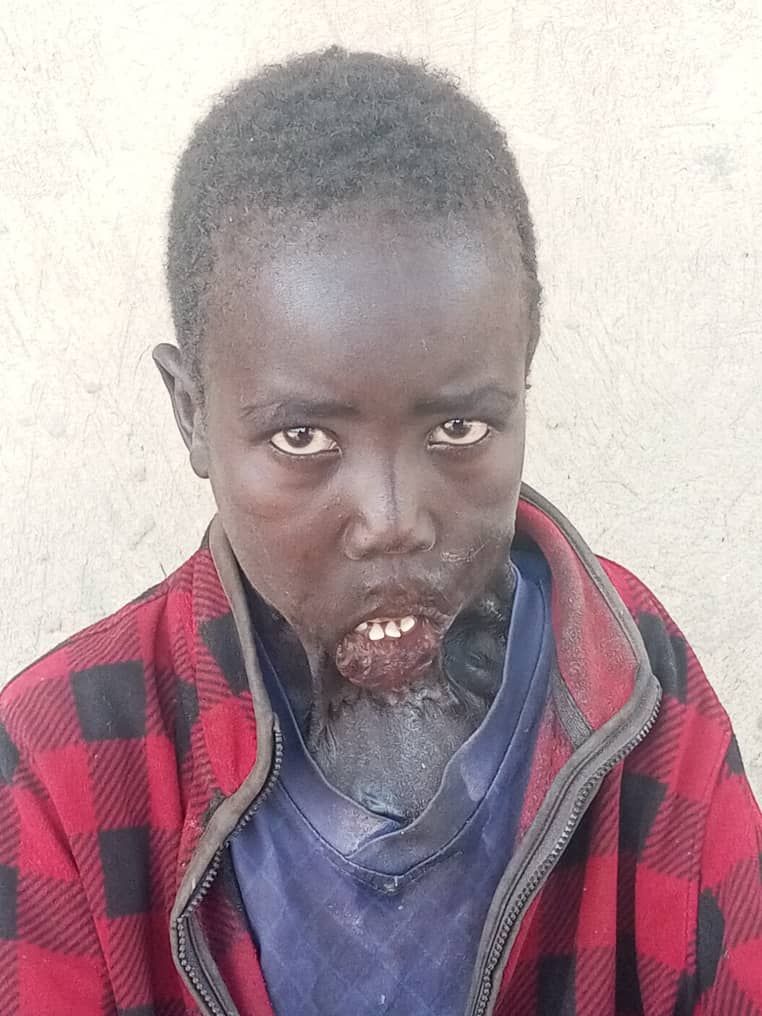

Social Media









